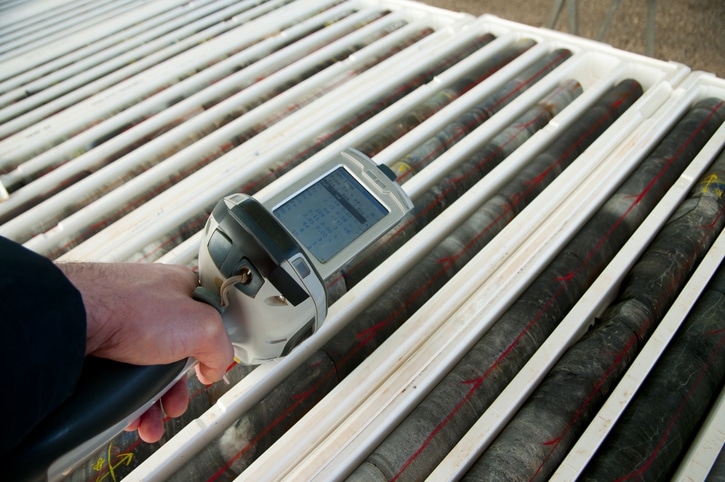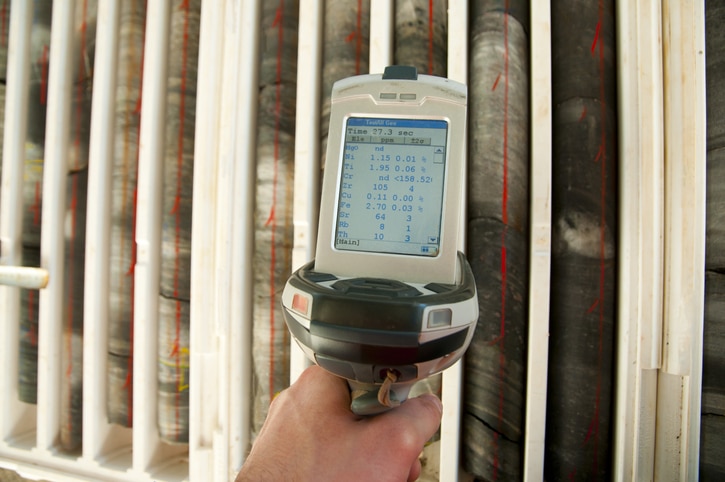Lead poisoning is a serious health risk, particularly in older buildings where lead-based paints and materials were commonly used before the risks were fully understood. While the use of this material in paints and plumbing has been banned or restricted in many countries for decades, many older buildings still contain this hazardous material. Conducting testing in these buildings is crucial for protecting your health and safety. Here’s why and how you should take action.

Understanding the Risks of Lead
Lead is a toxic metal that can cause a range of health problems, particularly in children and pregnant women. Even at low levels, exposure can lead to developmental delays, learning difficulties, irritability, and weight loss in children. In adults, it can cause high blood pressure, joint and muscle pain, memory issues, and mood disorders. Pregnant women exposed to this material can experience complications such as premature birth and reduced fetal growth.
Sources of Lead in Older Buildings
Although older building may contain higher levels of lead paint, levels above the acceptable limits can be found in building up to and including 2016. Over time, paint can deteriorate, creating dust and chips that contaminate the environment. Lead can also be found in older plumbing systems, as pipes, fixtures, and solder were once standard. Soil around older buildings can also be contaminated from exterior paint or industrial sources.
Importance of Lead Testing
Conducting testing is essential for identifying and mitigating the presence of lead in your environment. This is especially important if you live in or are renovating an older home, or if you work in an older building. Testing helps you understand the extent of contamination and allows you to take appropriate action to reduce or eliminate exposure.
How to Conduct Lead Testing
Hire a Hazardous Materials Consultant
While DIY lead test kits are available, hiring a certified inspector or hazardous materials consultant is recommended for accurate results. Professionals use more sensitive and reliable methods, such as X-ray fluorescence (XRF) analyzers, to detect lead in paint, dust, soil, and water.
Laboratory Analysis
Send your samples to a certified laboratory for analysis. Hazardous materials consultants will typically handle this step for you, ensuring accurate and reliable results.
Review Results
Once the analysis is complete, review the results to understand the level of lead contamination. Professional inspectors can help interpret the results and provide recommendations for remediation.
Taking Action
If lead is detected in your home or building, several steps can be taken to reduce exposure, starting with paint. If your paint is in good condition, you can apply a new coat of lead-free paint to seal it. However, deteriorating paint should be removed by professionals trained in safe practices.
For significant contamination, abatement professionals can remove or encapsulate poisonous materials. This process involves sealing off affected areas, using specialized equipment to remove paint and dust, and ensuring the site is thoroughly cleaned.
Meanwhile, if lead is detected in your water, consider installing certified water filters that remove lead or replacing plumbing fixtures. And, if soil is contaminated, cover it with grass, mulch, or other materials to prevent direct contact and reduce dust.
Preventing Future Exposure
After remediation, maintain a safe environment by ensuring that you’re doing regular cleaning of flors, window sills, and other surfaces to reduce dust. You can also enlist the help of a professional to get regular inspections, plumbing assistance, and other deterioration maintenance – just remember to always use lead-safe practices duing any future renovations or repairs.
Work with a Hazardous Materials Consultant
Protecting your health and safety by conducting lead testing in older buildings is a crucial step in preventing exposure. By identifying and addressing hazards, you can create a safer environment for yourself, your family, and others who may live or work in the building. Regular testing and maintenance, combined with professional remediation when necessary, are key to ensuring a clean space and safeguarding long-term health.
Alberta Safety & Environmental Services (ASE Services) is one of the most reputable providers of Hazardous materials assessment and hygiene inspection services—including asbestos, lead, mould, mercury, and silica detection, as well as industrial hygiene testing for grow ops and other facilities. With a background in Alberta’s Occupational Health & Safety Commission and professional project management skills, our qualified staff can provide reliable handling of air quality and industrial hygiene from initial industrial inspection all the way to remediation programs. Whether just for a permit, or in-depth air quality control, we can help. Feel free to reach out and secure air quality and hygiene requirements for your building.
